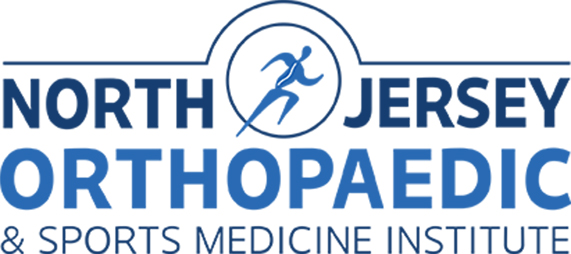Whether you are an athlete in training, a person who lives a healthy, active lifestyle or one that is primarily sedentary, you’re familiar with muscle tightness and tension. You are also familiar with the pain it causes and how it can inhibit proper muscular function.
Muscle groups affected by knots or adhesions get stuck in contracted positions, which reduces flexibility, disrupts healthy circulation, and increases the chances of injury. In order to help your muscles move more freely, Therapists and Athletic Trainers will use a form of deep message called myofascial release. This is a technique, which breaks down those adhesions and tight areas in the fascia, or the covering of a muscle to alleviate muscle tension, pain, and help boost athletic performance.
If you don’t have the luxury of visiting a therapist or an athletic trainer for myofascial release, foam rolling can be a technique you should think about. Foam rolling is a form of self-myofascial release, which can apply the same deep pressure needed to tight, locked-up muscle areas.
Practicing foam rolling is relatively simple. The process could be likened to rolling out lumps in dough with a rolling pin. For example, if a person was suffering from tight hamstrings, they would place their upper leg on the foam roller and then spend a few minutes slowly rolling forwards and backwards, making sure to keep the targeted muscle relaxed throughout. When an especially tight, sore spot is found, static pressure would be applied for thirty seconds or more to loosen the knot.
For exercise enthusiasts and athletes in training, self-myofascial release is one of the best ways to treat the muscles that are an inevitable by product of intense workouts. By restoring muscular function and flexibility, lowering injury risk, and cutting down on recovery time, foam rolling allows a person to get the most from their exercise sessions.
“Foam rolling or myofascial release in addition to a proper exercise regimen that involves mobility, strength, stability exercises will maintain the gains made from myofascial release”, said Lawrence Kim,
a physical therapist at North Jersey Orthopedic and Sports Medicine Institute.
It can be just as valuable for those who are less active, since the muscles of those who live sedentary lives are usually weak, tense, and dysfunctional. Chronic back and shoulder pain (common among people who spend too much time sitting) can often be alleviated with a foam roller, and myofascial release can also help a person get in better shape.
A foam roller is a remarkable, versatile tool, valuable for relieving muscle tension and pain, enhancing physical performance. When one takes into account how simple it is to use, and convenient foam rollers are, it becomes clear that almost everyone could benefit from owning one.






